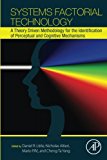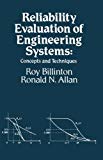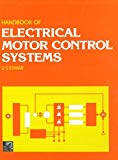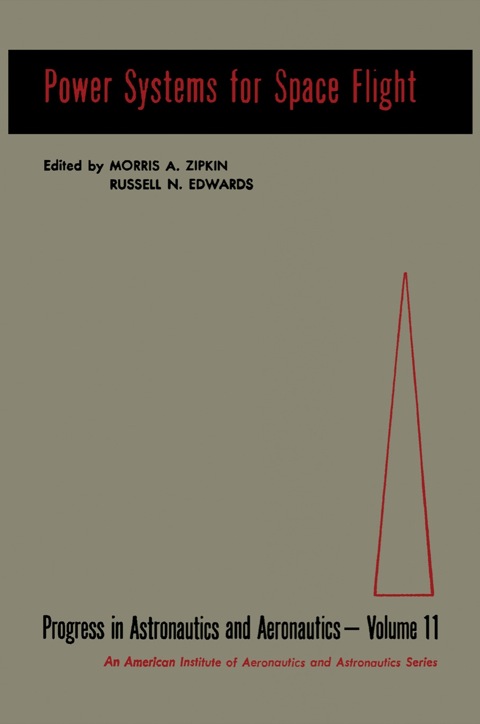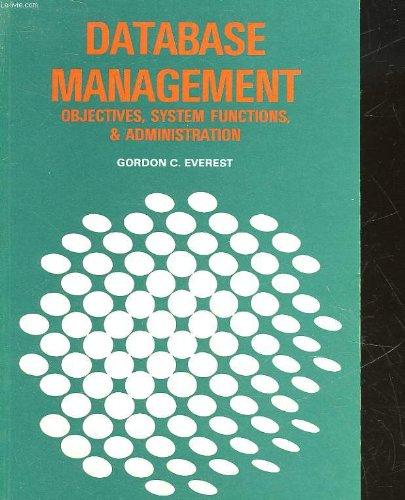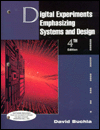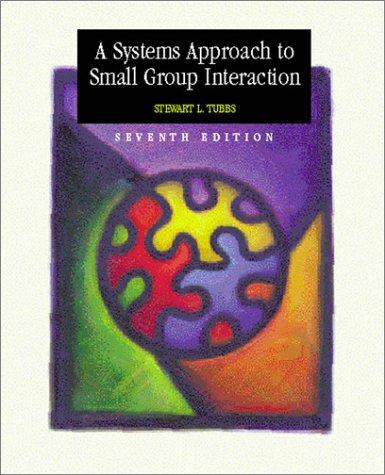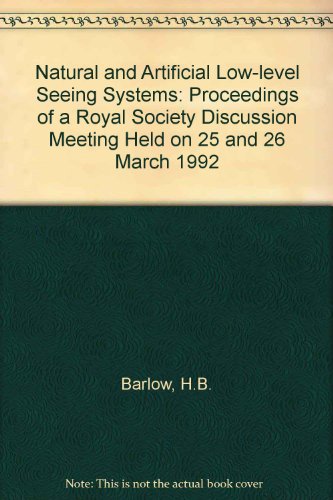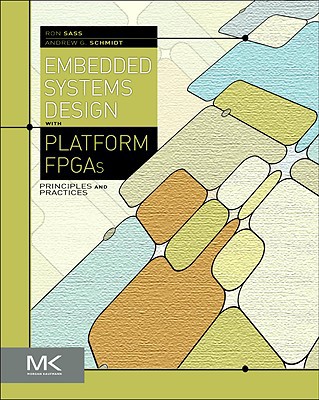Systems Factorial Technology: A Theory Driven Methodology for the Identification of Perceptual and Cognitive Mechanisms
Machine Generated Contents Note: Pt. One Introduction To Systems Factorial Technology -- 1. Historical Foundations And A Tutorial Introduction To Systems Factorial Technology / Cheng-ta Yang -- Introduction -- Historical Background -- Properties Of Information Processing Systems -- The Double Factorial Paradigm -- Conclusion -- References -- Endnotes -- 2. Stretching Mental Processes: An Overview Of And Guide For Sft Applications / Daniel R. Little -- Factorial Design: The Reverse Engineering Tool In Cognitive Psychology -- Probing The Processes: Stretching And Inserting -- Stretching Of Two Factors And Additivity -- Implementing Systems Factorial Technology -- Integrative Workspace -- Statistical Tests -- Summary -- References -- Endnotes -- Pt. Two Recent Advances In Systems Factorial Technology -- 3. Statistical Analyses For Systems Factorial Technology / Devin M. Burns -- Introduction -- Nonparametric Null Hypothesis Tests -- Bayesian Analyses For Sft -- Exploratory Analysis With Functional Principal Component Analysis -- Conclusions -- References -- Endnotes -- 4. Development And Applications Of The Capacity Function That Also Measures Accuracy / Nicholas Altieri -- Introduction -- Theoretical Foundations For Measuring Capacity -- A Response-time Measure Of Capacity Using Integrated Hazard Functions -- A Capacity Measure Incorporating Accuracy -- Experimental Application -- Methods -- Results -- General Discussion -- Conclusion -- Acknowledgements -- Appendix -- References -- 5. Selective Influence And Classificatory Separability (perceptual Separability) In Perception And Cognition: Similarities, Distinctions, And Synthesis / Ru Zhang -- Selective Influence -- Classificatory Separability -- The Pivotal Notion And Role Of Marginal Selective Influence -- A Synthesis Of Classificatory Separability And Selective Influence -- References -- Endnotes -- 6. Bridge-building: Sft Interrogation Of Major Cognitive Phenomena / Ami Eidels -- An Sft Analysis Of The Stroop Effect: Potential For A Radical New Theory -- Sft-based Examination Of Garner Effects: Challenges To The Integrality -- Separability Contrast -- An Sft Analysis Of The Size Congruity Effect -- An Sft Interrogation Of The Redundant Target: The Role Of Names -- Concluding Remarks -- Acknowledgement -- References -- 7. An Examination Of Task Demands On The Elicited Processing Capacity / Leslie M. Blaha -- Introduction -- Capacity And Gestalt Processing -- Perceptual Decision Making -- Perceptual Learning -- Memory -- An Aside On Methods, Mechanisms, And Interpretation -- Elusive Supercapacity? -- Acknowledgements -- References -- Endnotes -- 8. Categorization, Capacity, And Resilience / Daniel R. Little -- Capacity With Distractors -- Capacity And The Influence Of Distractors -- Using The Resilience Difference Function Without A Double Target -- Conclusion -- References -- Endnotes -- Pt. Three Applications Of Systems Factorial Technology -- 9. Applying The Double Factorial Paradigm To Detection And Categorization Tasks: An Example Using Audiovisual Speech Perception / Nicholas Altieri -- Introduction -- Methods -- Results: Experiment 1 -- Results: Experiment 2 -- General Discussion And Conclusion -- References -- 10. Attention And Perceptual Decision Making / Cheng-ta Yang -- Attention And Perceptual Decision Making -- Acknowledgement -- References -- Endnotes -- 11. Are Two Ears Always Better Than One? The Capacity Function Says No / Amanda D. Hornbach -- Introduction -- Methods -- Results -- General Discussion -- Summary And Conclusions -- Acknowledgements -- References -- 12. Logical-rule Based Models Of Categorization: Using Systems Factorial Technology To Understand Feature And Dimensional Processing / Daniel R. Little -- Sft Applied To Perceptual Categorization -- The Processing Of Separable And Integral Dimensions -- Mental Architecture And The Concept Of Holism -- Empirical Distinctions Between Separable And Integral Dimensions -- General Recognition Theory 251 Logical Rule-models: Combining Mental Architectures With Perceptual Representations -- Diagnostic Contrast Category Predictions -- Architecture, Integrality, And Separability -- Link Between Logical Rule Models And Grt-rt -- Conclusion And Future -- References -- Endnotes -- 13. Applying Systems Factorial Technology To Accumulators With Varying Thresholds / Denis Cousineau -- Accumulator Models And Threshold Variability -- Preliminary Simulations And The Literature On Coactive Architectures -- Results -- Discussion -- Conclusion -- Acknowledgement -- Appendix: Davt Simulations Using A Normal Distribution For Evidence Arrival Times -- References -- 14. Can Confusion-data Inform Sft-like Inference? A Comparison Of Sft And Accuracy-based Measures In Comparable Experiments / Daniel R. Little -- Systems Factorial Technology -- Three Rt Experiments Using Sft -- Three New Accuracy Experiments Using Grt -- Simulations -- Discussion -- Acknowledgement -- References -- 15. The Advantages Of Combining The Simultaneous -- Sequential Paradigm With Systems Factorial Technology / Adam Ferguson -- Experiments -- Discussion -- References -- Pt. Four Bridging Levels Of Explanation -- 16. The Continuing Evolution Of Systems Factorial Theory: Connecting Theory With Behavioral And Neural Data / Stephanie E. Rhoten -- Two Predecessors -- A Survey Of Applications -- A New Application -- Conclusions -- References -- Endnotes -- 17. Systems-factorial-technology-disclosed Stochastic Dynamics Of Stroop Processing In The Cognitive Neuroscience Of Schizophrenia / Richard W.j. Neufeld -- Introduction -- Overview Of Fmrs Technique And Results -- Assets Of Current Modeling Context -- Modeling Fmrs-monitored Stroop Performance -- Discussion -- Concluding Comments -- Appendix -- References -- Endnotes -- 18. Applications Of Capacity Analysis Into Social Cognition Domain / Glyn W. Humphreys -- The Divided Attention Task And Capacity Measurements -- Own-race Biases In Face Perception -- In-group Biases -- Self- And Reward-biases -- Conclusion -- Further Directions. Edited By Daniel R. Little, Nicholas Altieri, Mario Fifić, Cheng-ta Yang.
| Name in long format: | Systems Factorial Technology: A Theory Driven Methodology for the Identification of Perceptual and Cognitive Mechanisms |
|---|---|
| ISBN-10: | 0128043156 |
| ISBN-13: | 9780128043158 |
| Book pages: | 428 |
| Book language: | en |
| Edition: | 1 |
| Binding: | Hardcover |
| Publisher: | Academic Press |
| Dimensions: | Height: 9.1 Inches, Length: 6.1 Inches, Weight: 1.8077905484 Pounds, Width: 1.1 Inches |

